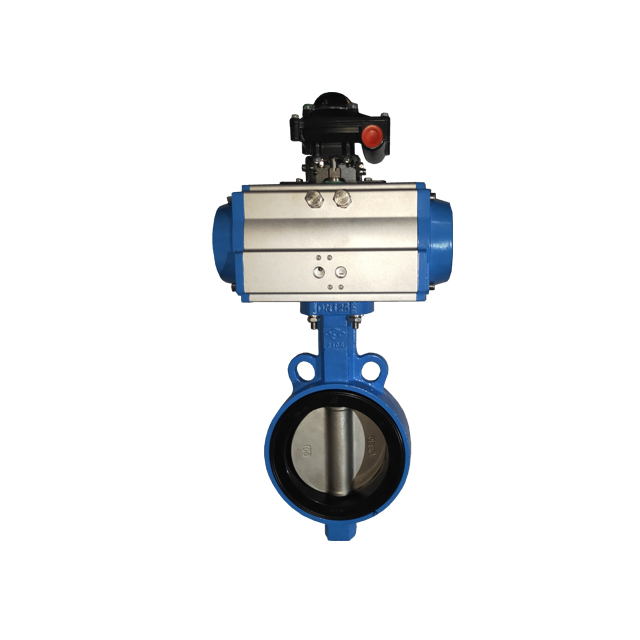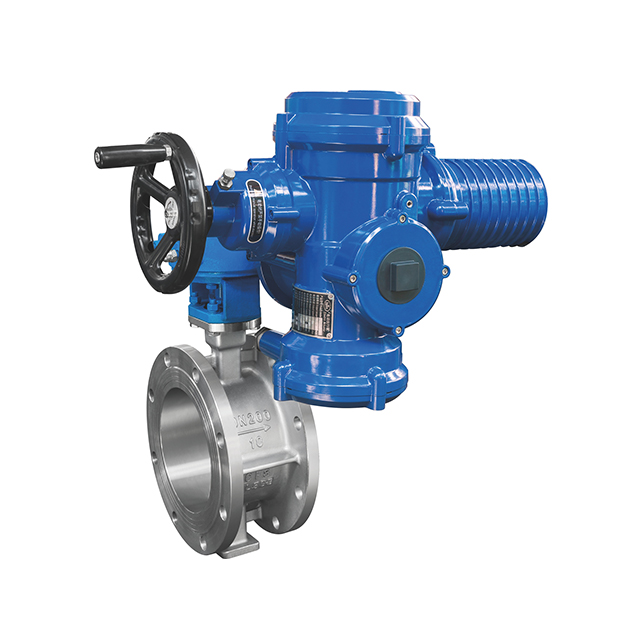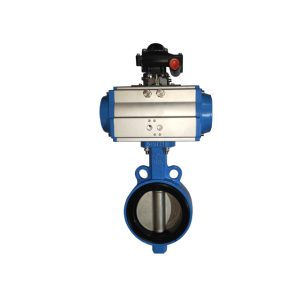Table of Contents
ToggleButterfly valves, known for their simple design and quarter-turn operation, are available in both pneumatic-operated and electric versions. While they share the same basic function of regulating flow, their actuation methods present key differences.
What are the differences between an electric and a pneumatic operated butterfly valve? The differences between an electric and a pneumatic operated butterfly valve lie in the:
- Power source;
- Control and precision;
- Speed of operation;
- Cost of maintenance; and
- Application
Electric and Pneumatic Operated Butterfly Valves: Key Distinctions:
Power Source
- Electric Butterfly Valve: Relies on electricity to power a motor that opens and closes the valve. Electric valves typically use AC or DC power and can be integrated with control systems for automated operation.
- Pneumatic Operated Butterfly Valve: Uses compressed air to drive a piston or diaphragm that actuates the valve. They require an external air supply and control system using solenoid valves.
Control and Precision
- Electric Butterfly Valve: Offers greater control precision. Modern electric valves can be programmed for specific opening and closing positions, allowing for finer flow regulation. Additionally, electric valves can be easily integrated with automation systems for remote control and monitoring.
- Pneumatic Operated Butterfly Valve: Offers a simpler control system, typically limited to on/off or open/close positions. While some pneumatic valves offer throttling capabilities, their precision is generally less than electric versions.
Speed of Operation
- Electric Butterfly Valve: Generally has a slower opening and closing time compared to pneumatic valves. This is due to the time required for the motor to reach the desired position.
- Pneumatic Operated Butterfly Valve: Offers faster actuation due to the inherent speed and force of compressed air. This makes them ideal for applications requiring rapid response times.
Cost and Maintenance
- Electric Butterfly Valve: Typically has a higher initial cost than pneumatic valves due to the more complex electric motor and control system. Maintenance requirements can also be higher as electric components are more susceptible to wear and tear.
- Pneumatic Operated Butterfly Valve: Generally has a lower initial cost and requires less maintenance compared to electric valves. However, the requirement for a compressed air supply adds an additional cost and complexity to the system.
Applications
- Electric Butterfly Valve: Ideal for applications requiring precise flow control, remote monitoring and automation, and operation in non-explosive environments. Examples include building automation systems, HVAC systems, and chemical processing plants.
- Pneumatic Operated Butterfly Valve: Well-suited for applications requiring fast actuation, lower upfront cost, and operation in potentially explosive environments. Examples include air compressors, water treatment plants, and oil and gas pipelines.
Find the Right Valve for Your Needs
XINTAI Valve, a leader among butterfly valve manufacturers, offers a wide range of both electric and pneumatic butterfly valves designed to meet the demands of various applications. Explore our product offerings to find the ideal valve for your operation.
Explore our range of pneumatic butterfly valves today and find the right solution for your specific needs. Contact us today!











